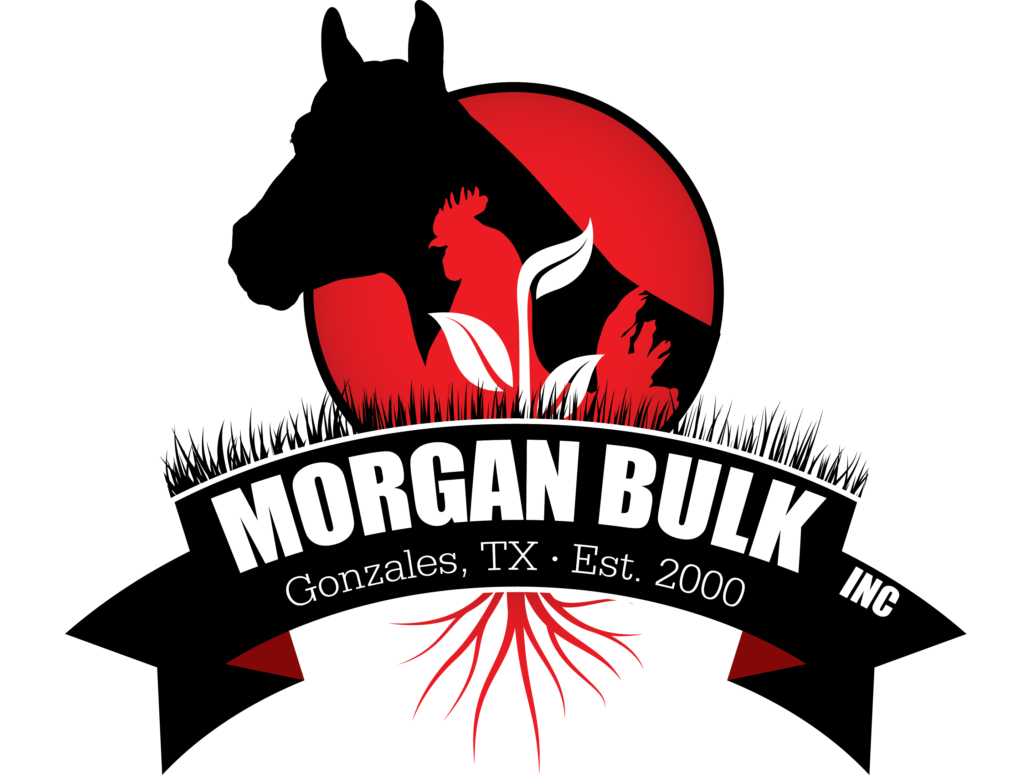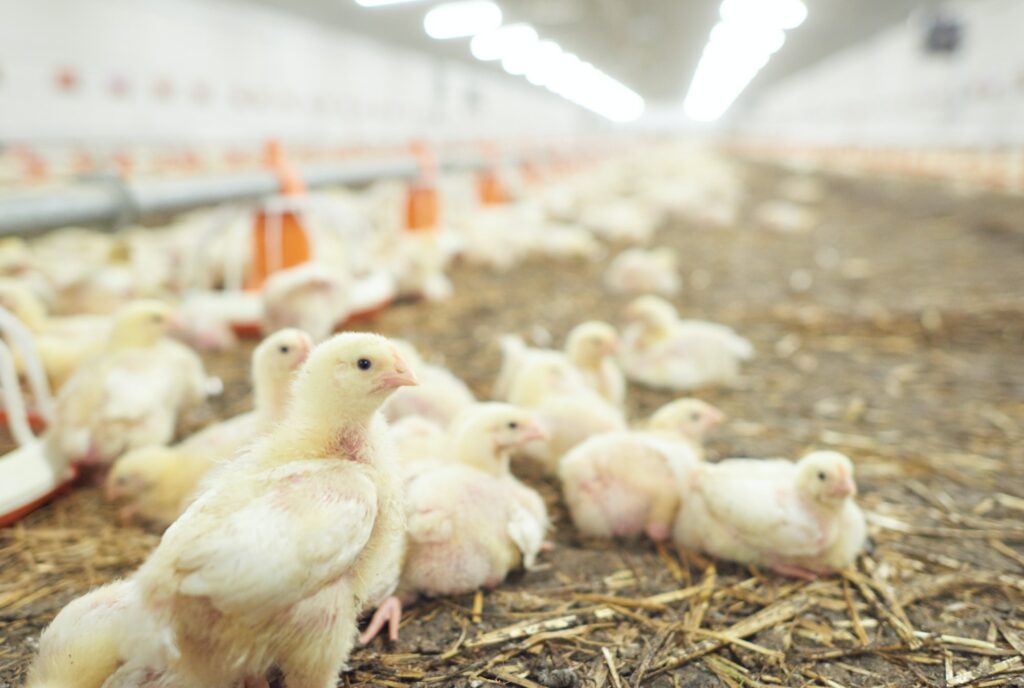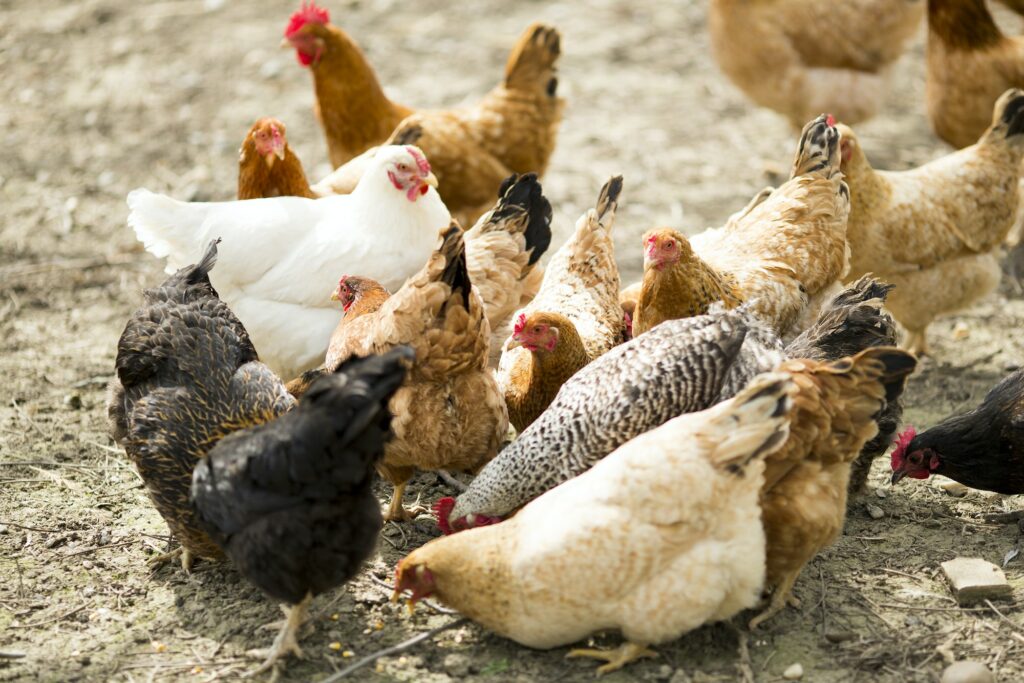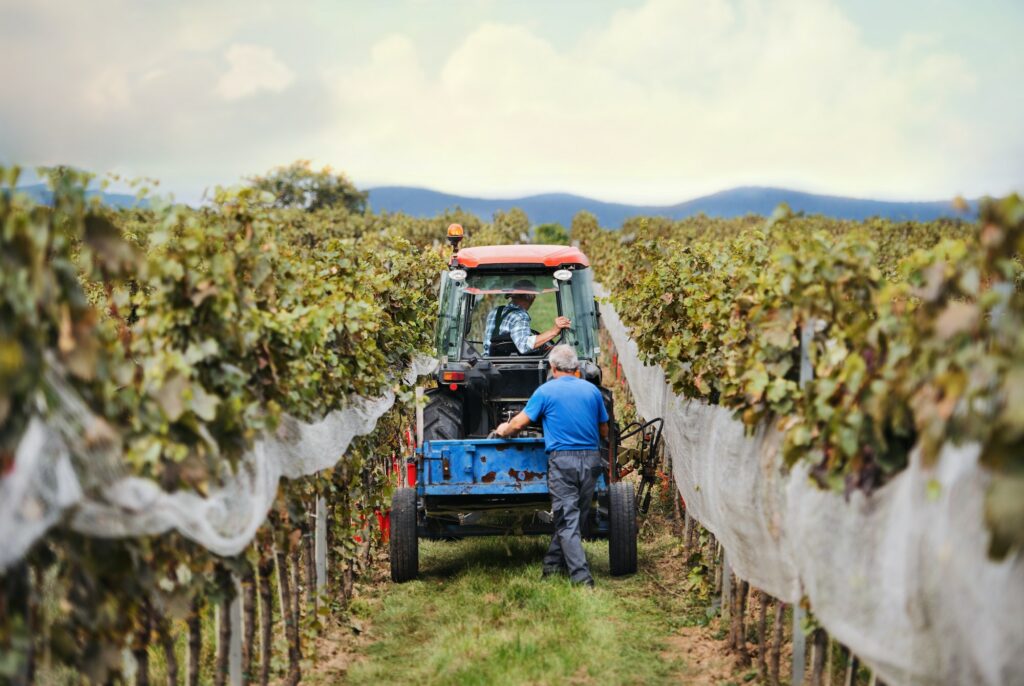Poultry Litter
Poultry litter is a valuable source of nutrients that can be used as a fertilizer in agricultural fields. Poultry litter is a combination of chicken manure, bedding material, and feathers. It contains nitrogen, phosphorus, potassium, and other nutrients that are essential for plant growth. However, there are certain considerations to take into account before using poultry litter as fertilizer.
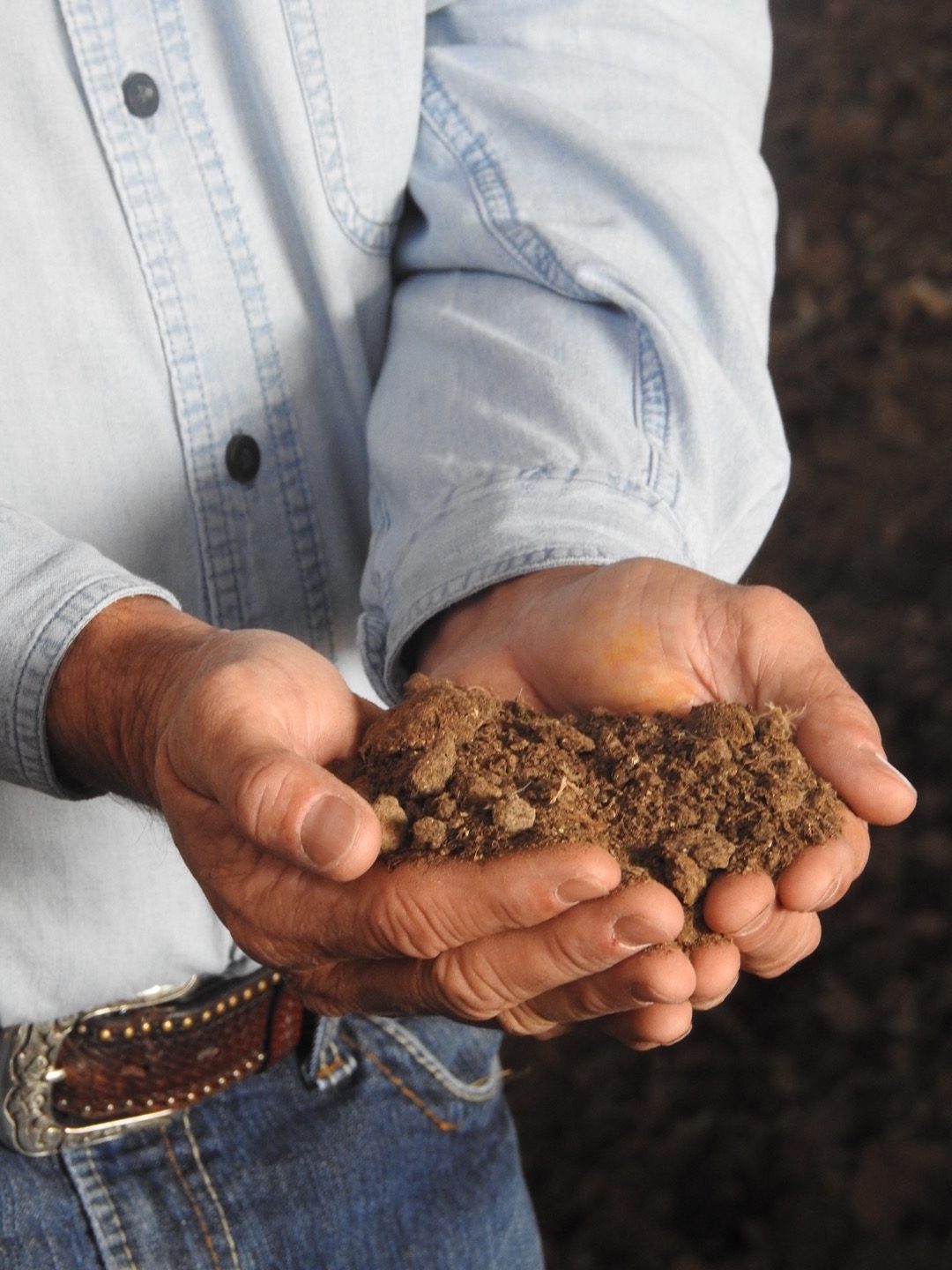
Using Poultry Litter as Fertilizer
Nutrient Content: Poultry litter can vary in nutrient content depending on the age of the birds, their diet, and the type of bedding used. It is important to have a soil test done to determine the specific nutrient requirements of the crop you are growing, and to analyze the nutrient content of the poultry litter you plan to use.
Application Rate: The application rate of poultry litter should be based on the nutrient content of the litter and the nutrient needs of the crop. Overapplication can lead to nutrient runoff and pollution of water sources, while underapplication may not provide enough nutrients for optimal crop growth.
Timing: Poultry litter should be applied at the appropriate time to ensure maximum nutrient uptake by the crop. It should be applied before planting or during the growing season to ensure that the nutrients are available when the crop needs them.
Handling and Storage: Poultry litter should be handled and stored properly to prevent nutrient loss and minimize odor. It should be stored in a covered area away from water sources to prevent nutrient runoff.
Potential Hazards: Poultry litter may contain pathogens that can be harmful to human and animal health. It is important to follow proper safety precautions when handling and applying poultry litter as fertilizer.
Availability of Litter Nutrients to Crops
The availability of litter nutrients to crops depends on several factors, including the nutrient content of the litter, the crop’s nutrient requirements, and soil characteristics.
Poultry litter is a source of both macronutrients (such as nitrogen, phosphorus, and potassium) and micronutrients (such as zinc, copper, and manganese). However, not all of these nutrients are immediately available to crops. Nitrogen is often the most limiting nutrient in poultry litter, and its availability to crops depends on several factors, including the form of nitrogen in the litter, the soil’s pH, and the presence of other nutrients.
The organic nitrogen in poultry litter is not immediately available to crops. It must first be mineralized, or converted into inorganic nitrogen, through microbial activity in the soil. This process can take several weeks to several months, depending on soil temperature, moisture, and other factors.
Phosphorus in poultry litter is usually in an inorganic form that is readily available to plants. However, its availability can be limited by soil pH and other factors. High soil pH, for example, can cause phosphorus to become insoluble and unavailable to plants.
Potassium in poultry litter is also in an inorganic form that is readily available to plants. However, its availability can be limited by soil type and other factors.
Overall, the availability of litter nutrients to crops depends on a variety of factors, and proper management practices are necessary to maximize nutrient uptake and minimize nutrient losses to the environment. This includes selecting appropriate application rates, timing, and methods, as well as monitoring soil nutrient levels and crop growth to ensure that nutrient requirements are being met.
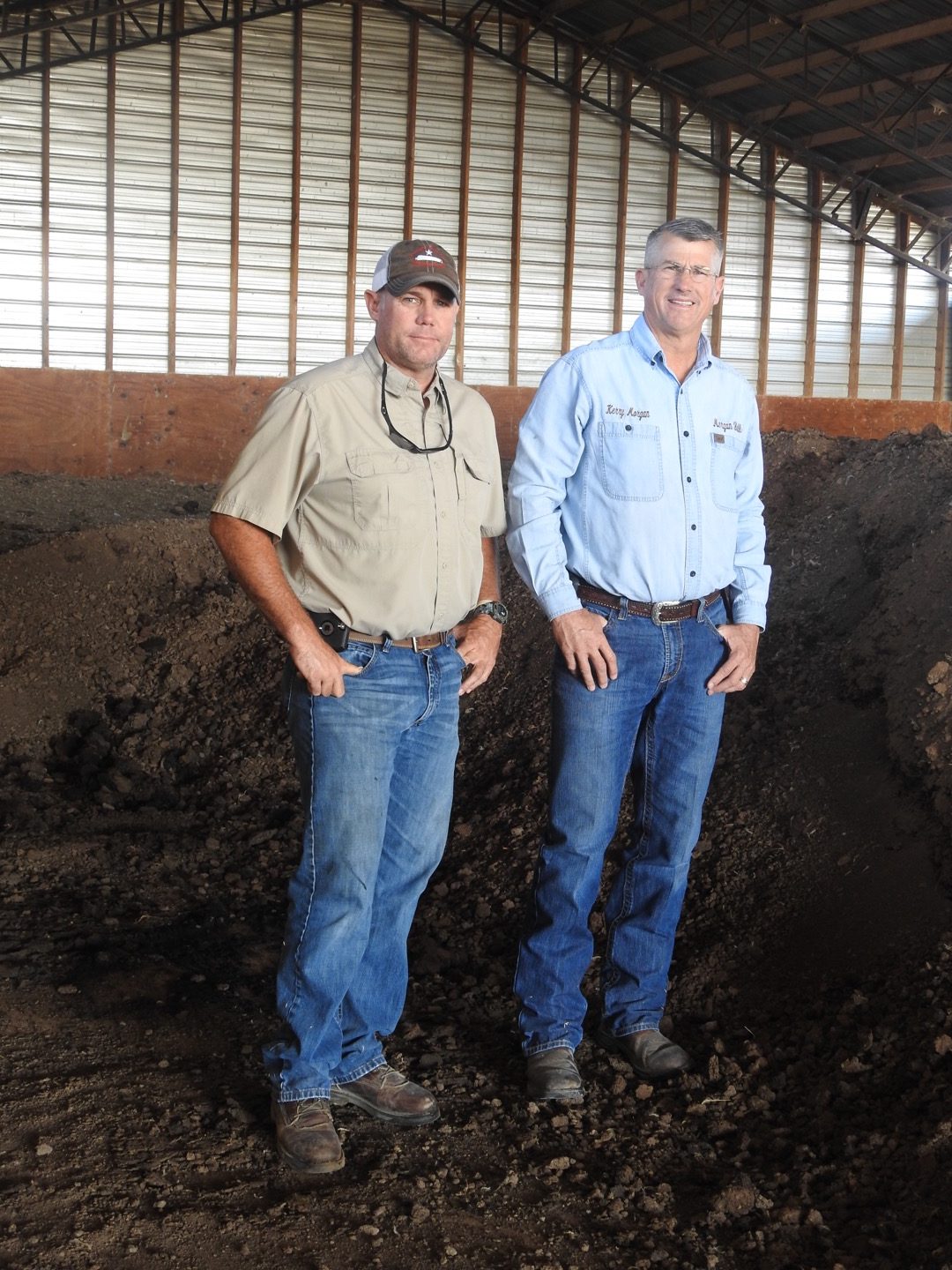
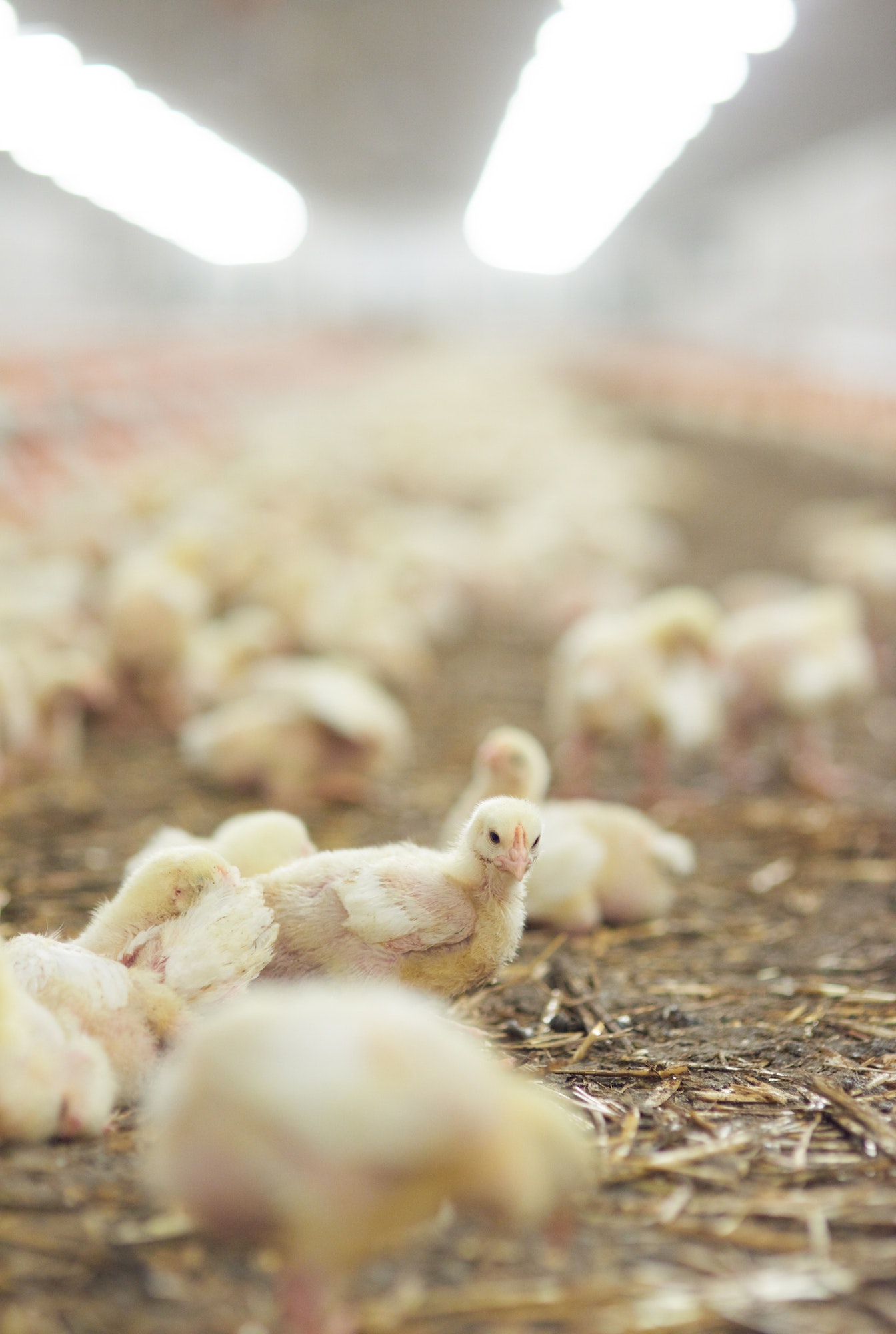
Fertilizer Value of Litter
Poultry litter can be a valuable source of nutrients for crops, and its fertilizer value depends on its nutrient content and availability, as well as the nutrient requirements of the crops being grown. The nutrient content of poultry litter varies depending on factors such as the age and diet of the birds, the type of bedding material used, and the management practices employed.
In general, poultry litter is a good source of nitrogen, phosphorus, and potassium, as well as other essential nutrients such as calcium, magnesium, sulfur, and micronutrients. The nutrient content of poultry litter can be influenced by management practices such as composting, which can increase the availability of nutrients and reduce potential pathogens.
The fertilizer value of poultry litter can be determined by analyzing its nutrient content and comparing it to the nutrient requirements of the crops being grown. Soil testing is an important tool for determining the nutrient requirements of crops, and can help to ensure that the appropriate amount and type of fertilizer is applied.
In addition to its nutrient content, poultry litter can also improve soil structure, increase water-holding capacity, and enhance soil microbial activity, which can improve nutrient uptake and crop growth.
Overall, poultry litter can be a valuable fertilizer resource for crop production, but its use should be carefully managed to minimize environmental impacts and maximize crop yield and quality. This includes proper storage, handling, and application practices, as well as regular monitoring of soil nutrient levels and crop growth.
General Questions
Have you been wondering how rice hulls and poultry litter could be useful? We’ve got the answers to your questions right here, so consider yourself in-the-know!
They help aerate the soil, retain moisture, and prevent weeds from growing. Therefore rice hulls can be used in the garden as mulch.
Composted chicken manure provides a slow-release source of macro- and micronutrients and acts as a soil amendment. Compared to other manures, chicken manure and the associated litter are higher in nitrogen, potassium, phosphorus and calcium, and are also rich in organic matter (Zublena, 1993). Addition of organic matter to soils increases a soil’s water-holding capacity, improves aeration and drainage, reduces erosion, reduces fertilizer leaching and improves a soil’s structure.
They are a good source of phosphorus and potassium, which are essential nutrients for plant growth.
Blog & Article
What You Need to Know About Poultry Litter as a Soil Amendment
Micronutrients: Most farmers only apply micronutrients when their crops show a deficiency of…
Good News for Poultry Litter in Oklahoma
On a case in Oklahoma that began in 2009, the Court ruled, in…
Poultry Litter as a Fuel?
Read here to find out about the The Wall Street Journal article on…
